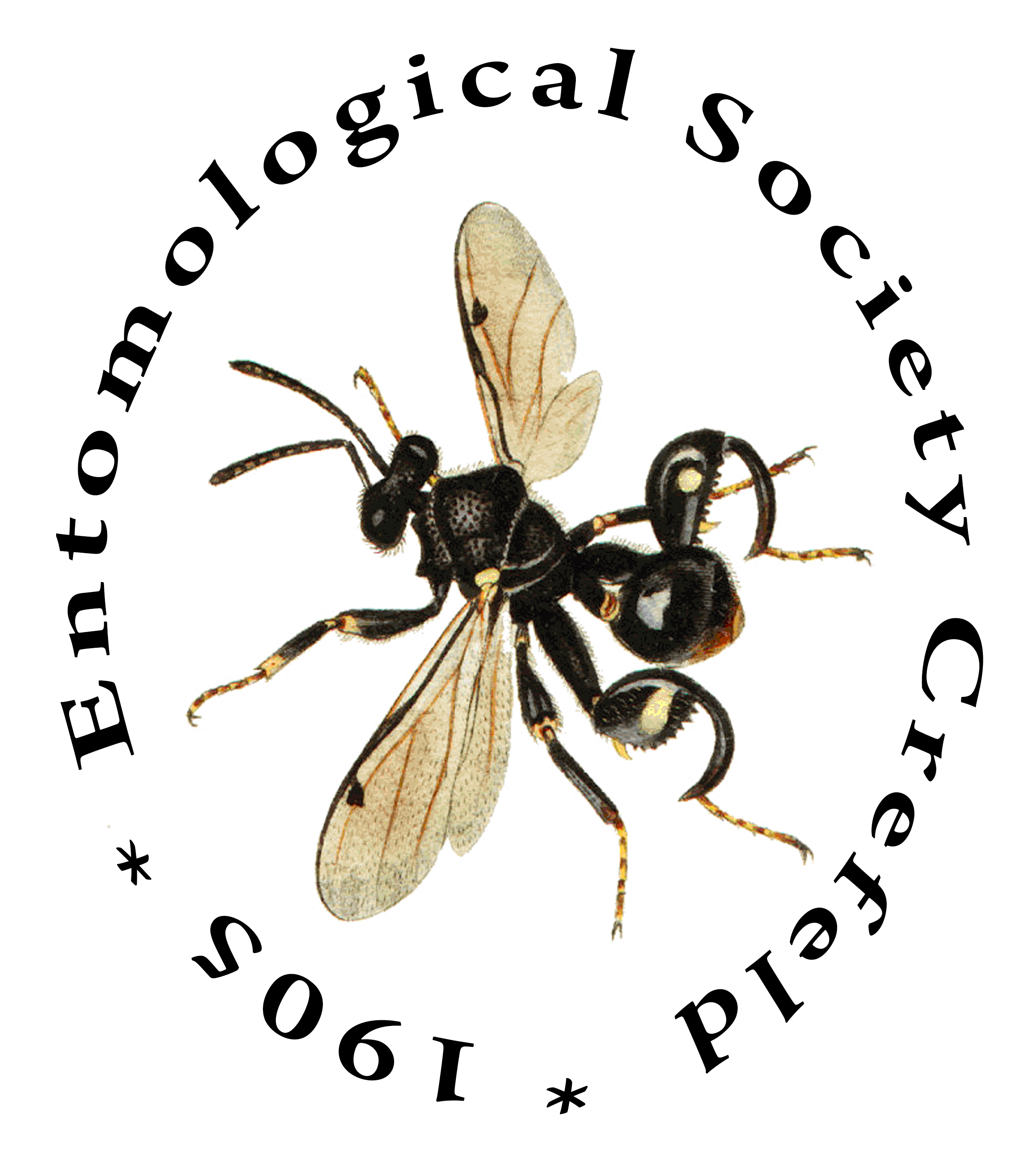

Ausgabe 04/2022 - Neue Forschungsergebnisse
Biodiversity Monitoring - Malaise trap transects
Responsibility: Entomological Society Krefeld (EVK)

This work package will assess insect biodiversity via standardized trapping along transects in regular intervals at 21 nature protected areas. The methodology is based on the well established and published standards by the EVK. The EVK is the only institution that is using Malaise traps similar to the one used by Townes (1972) in a particular standardized sampling design for decades to investigate local insect diversity and other related research topics. Species identification and measurement of abundances of selected insect taxa will provide the basis for the interpretation of the results in comparison to results from metabarcoding and spatial distribution patterns as well as data from adjacent land use and chemical pollution. These tasks can only be fulfilled by the participation of a higher amount of qualified entomologists. The primary tasks of the EVK within DINA are:

Set up Malais traps at the Geesower Hügel site.
.
-
Assistance in preselection and final selection of study sites with help of aerial photographs made by video drones.
-
Setup and installation of Malaise traps at 21 study sites (each locality consists of 5 traps along a transect).
-
Documentation of the study areas according to the standard established by the EVK.
-
Phytosociological records and documentation of vegetation and habitats with help of aerial photographs.
-
Weight measurements of the total wet biomass of each sample and further processing of the sample liquids for studies on plant fragments and pollen.
-
Sorting, taxa identification, and numbering of selected taxa of the most species-rich insect orders in Germany, i.e. Hymenoptera, Diptera, Coleoptera, and Lepidoptera. Since metabarcoding cannot be used for reliable estimation of taxon-specific abundances, insect tables of the orders Hymenoptera, Diptera, Coleoptera, and Lepidoptera are required for morphological identification and subsequent manual counting to supplement the results obtained by metabarcoding. The abundances are determined for all transects using summer samples with peak biomass. This approach provides important insights into the possibility of obtaining information on relative species abundances and evaluating this, including data from metabarcoding.
-
Insects identified in this context will also be used to complete the GBOL reference database. Since selected families of the megadiverse insect orders Hymenoptera, Coleoptera, Lepidoptera, and Diptera are manually identified by EVK specialists, we expect many species that will complement the global DNA barcode reference libraries in the work process.
-
The study will provide an enormous data volume on flight active insect species by Malaise traps of selected sites. The combination of metabarcoding and selective abundance evaluations will provide a hitherto unavailable basis for assessing the biodiversity of insect species in nature reserves in Germany.
-
Participation in the evaluation of the results and the synthesis

Contents of a sample bottle after extraction.
.
-
Insects identified in this context from the Malaise traps are also used to complete the GBOL reference database. As selected families of the megadiverse insect orders of Hymenoptera, Coleoptera, Lepidoptera, and Diptera are manually identified by EVK specialists, we expect many species to be identified simultaneously in the work process to complement the global DNA barcode reference libraries.
-
Transfer of information into databases.
-
The study will provide an enormously high volume of data on flight-active insect species through Malaise traps of a selected set of sites in German protected areas. The combination with metabarcoding and selective abundance analysis will provide a previously unavailable basis for the assessment of insect species biodiversity for nature reserves in Germany.
-
Participation in the evaluation of the results and the synthesis (see also the description of WP 6). We hypothesize that the biodiversity and species composition of insects is influenced by the shape and topography of the study areas and components of agricultural use including the situation-specific pesticide load. Our synthesis analyzes factors responsible for and correlated with changes in diversity and abundance by assessing potential main drivers of variation in biodiversity variables. The analysis and comparative assessment of species diversity and abundances along the selected transects is one of the main tools to clarify the situation.
Dr. Martin Sorg - Scientific leading of the EVK's contributions

